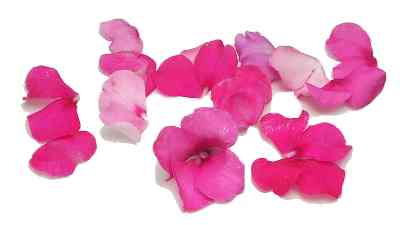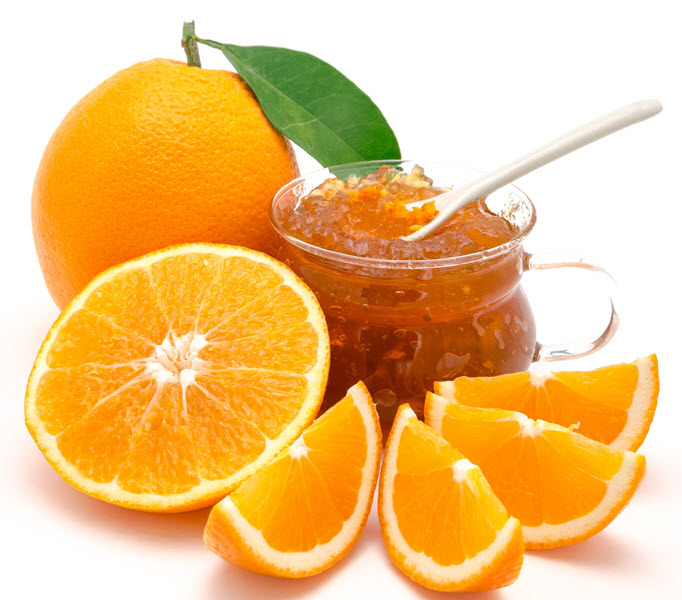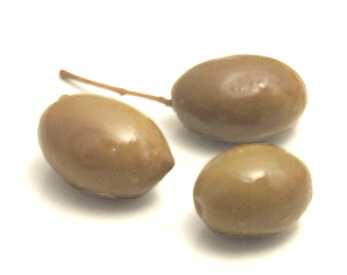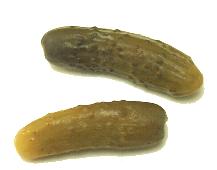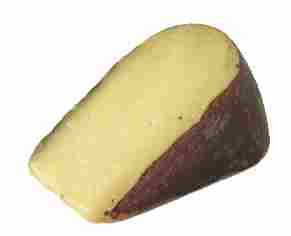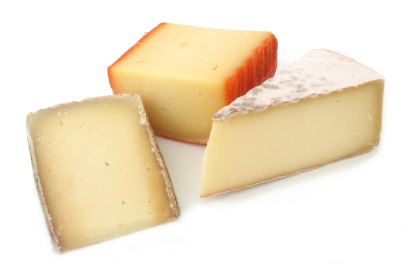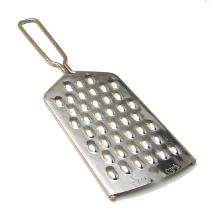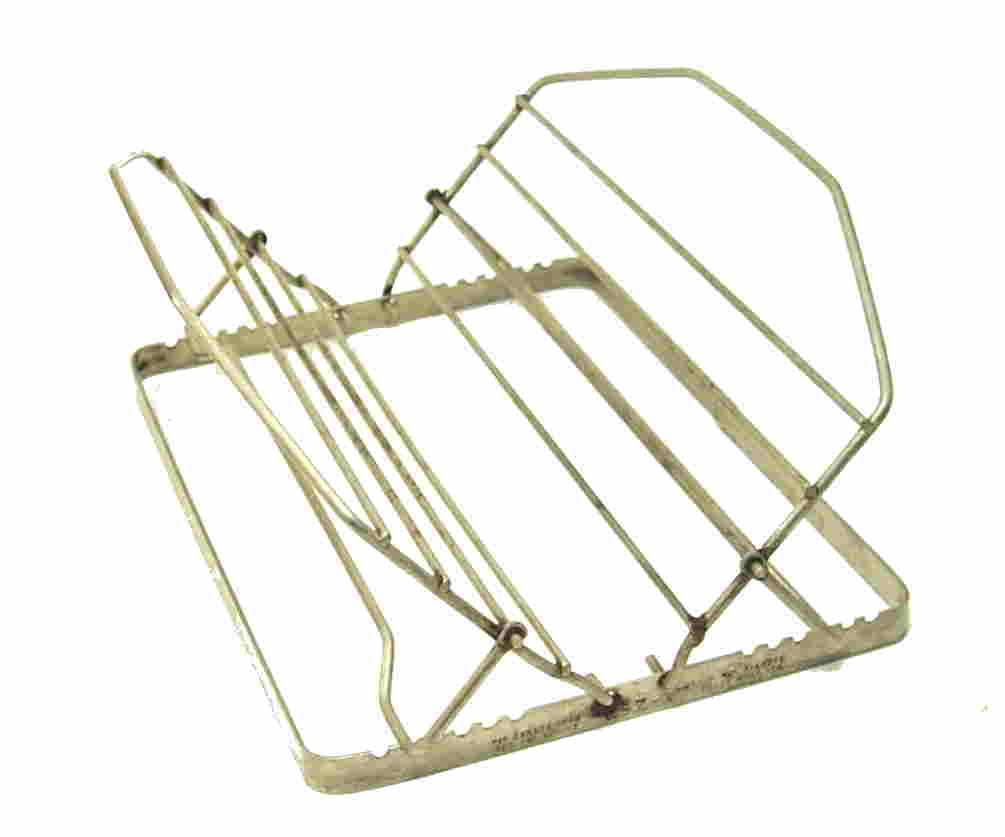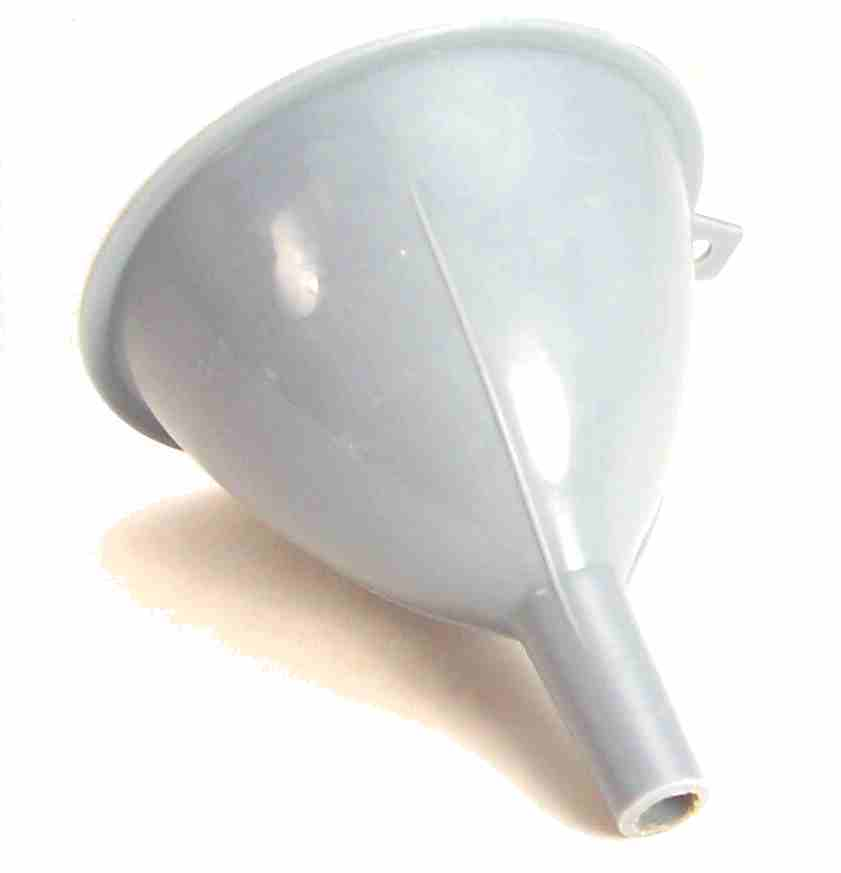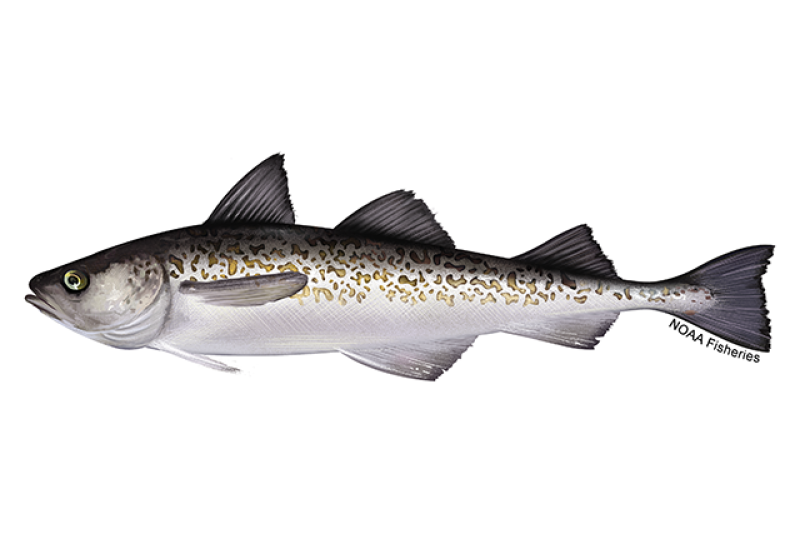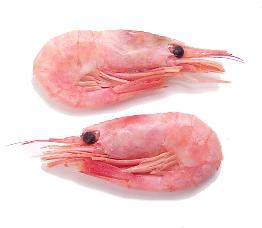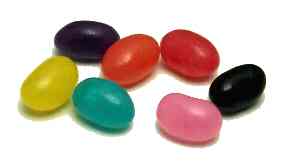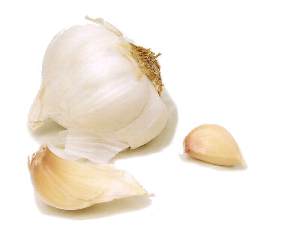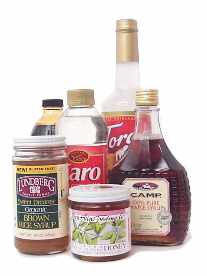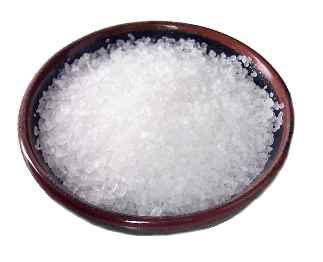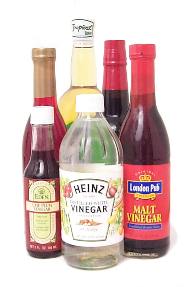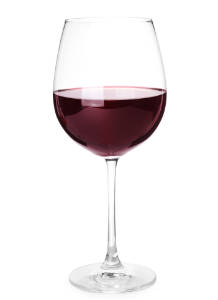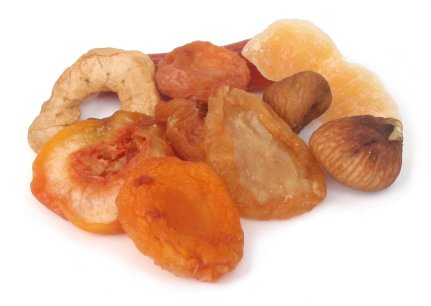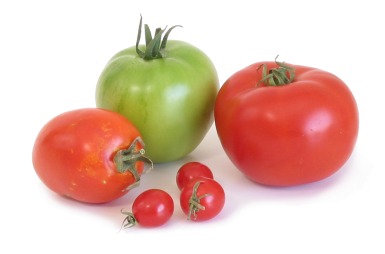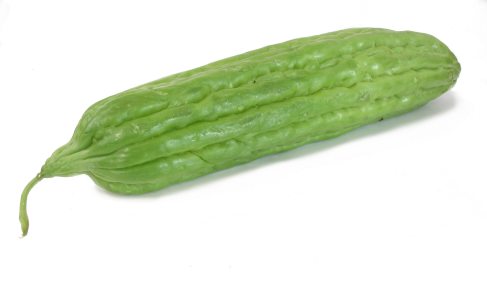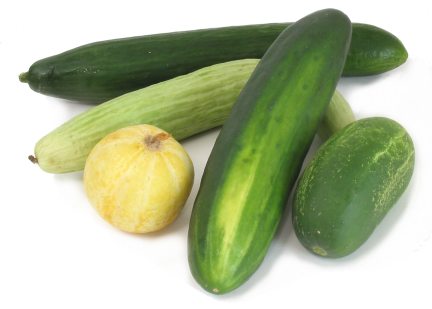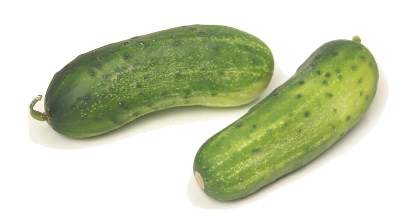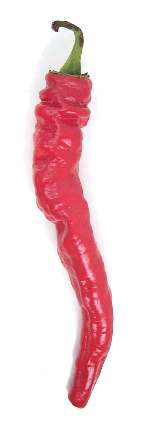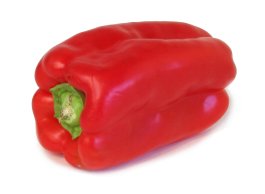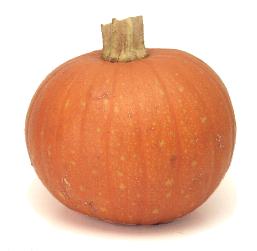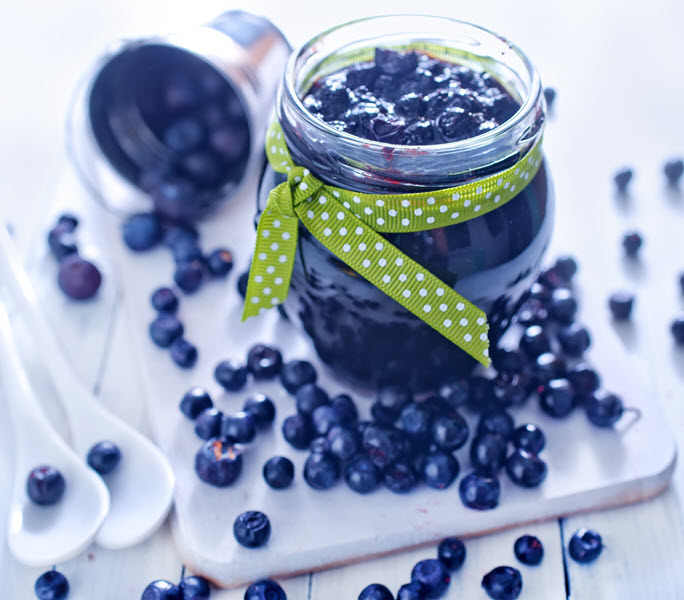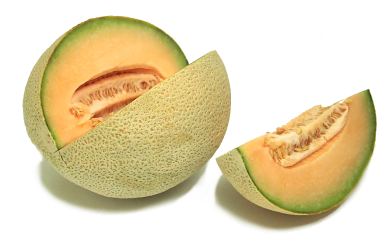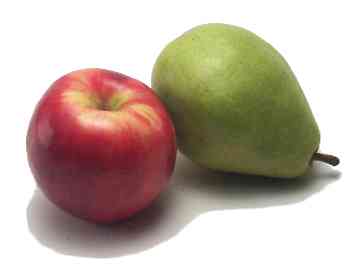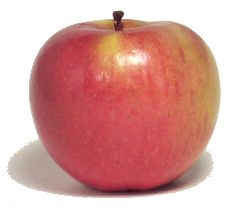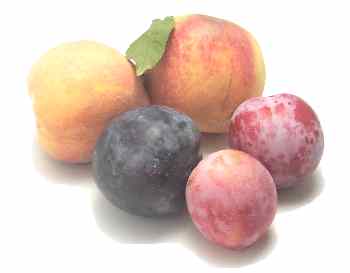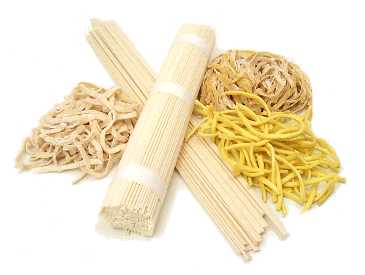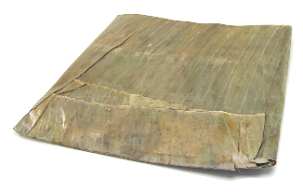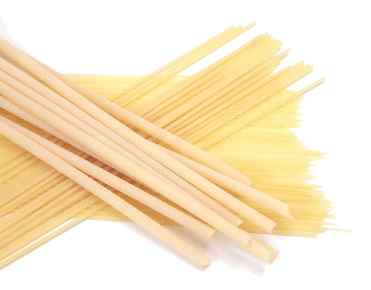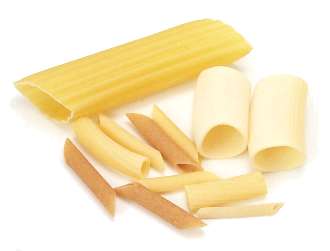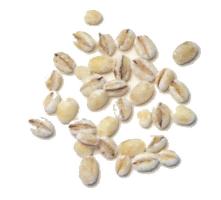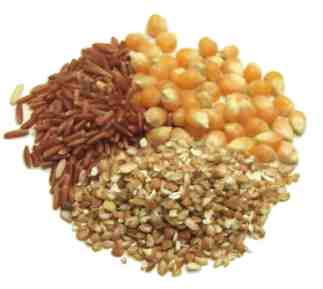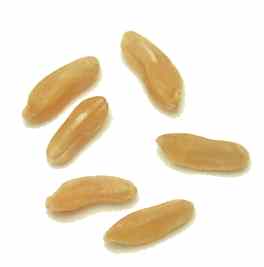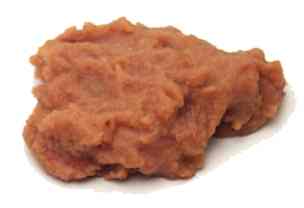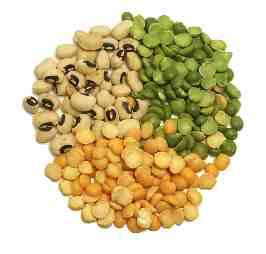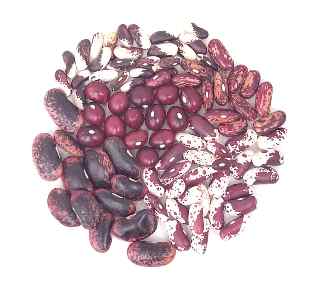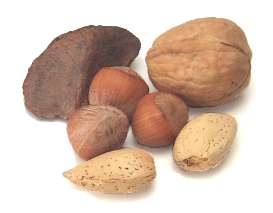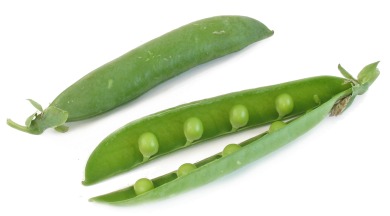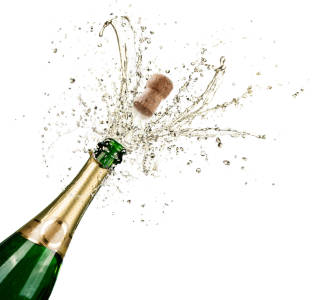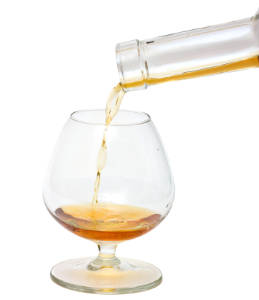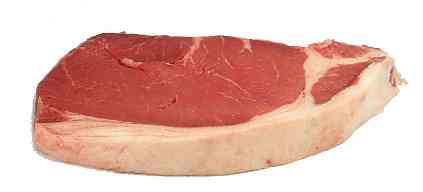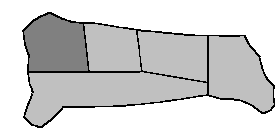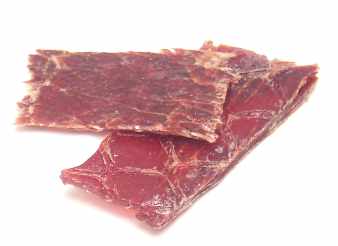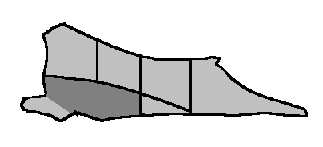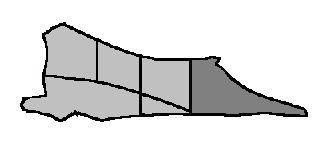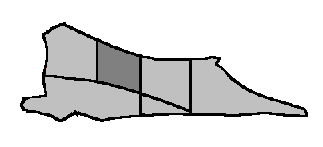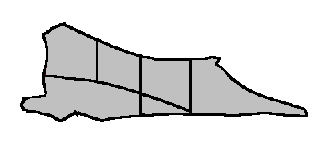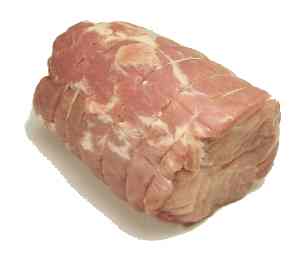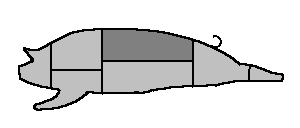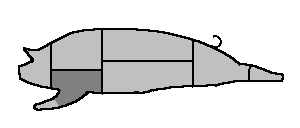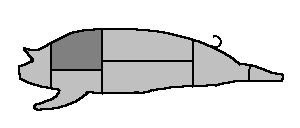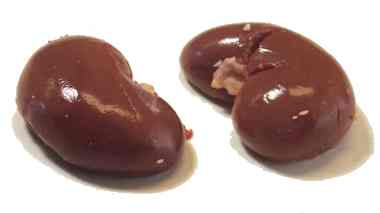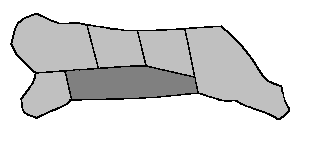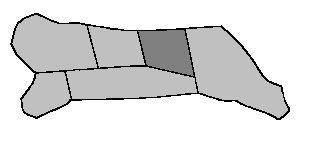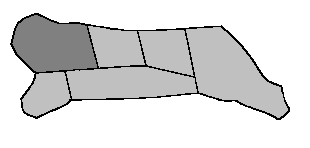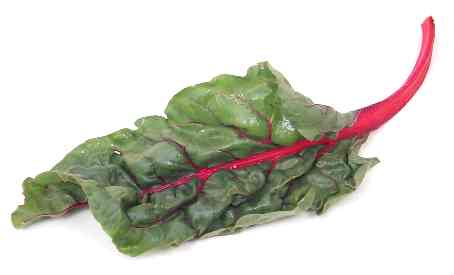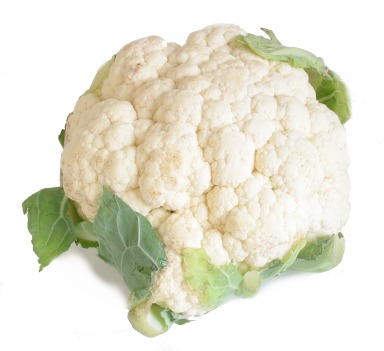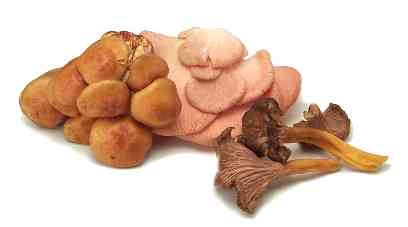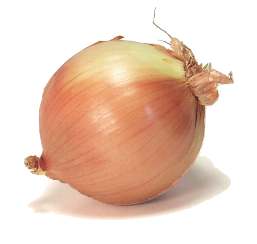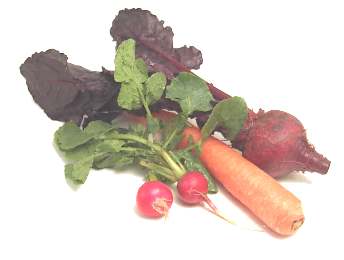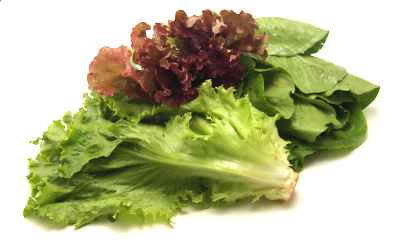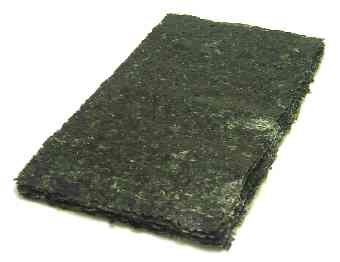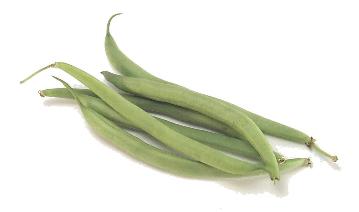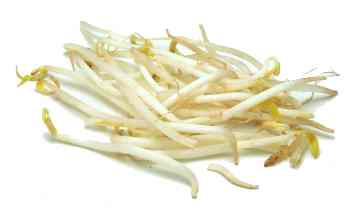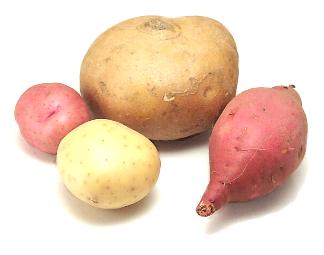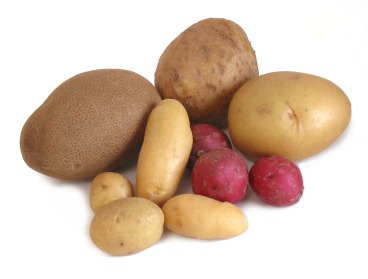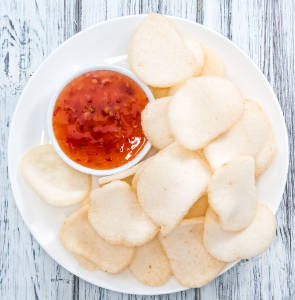Baked Goods Category

Includes breads, cookies, crackers, and crumbs.
pumpernickel bread
This heavy and slightly sour bread is made with molasses and a blend of rye and wheat flours. It's often cut into thin slices and used for appetizers.
Learn morepupusa
A specialty of El Salvador, these are tortillas stuffed with cheese and other flavorings.
Learn moreraisin bread
This bread is studded with raisins and often flavored with cinnamon. It's usually served as toast for breakfast.
Learn morerice cake
These crunchy snacks are relatively low in fat--and flavor. They come in different flavors, like caramel, cheese, ranch, and apple cinnamon. Don't confuse this with mochi, which is also sometimes called rice cake.
Learn moreRitz® cracker
Produced by Nabisco, these are the best-selling crackers in the United States. They're high in fat and sodium, which makes them a tasty foil for cheese or peanut butter. Cooks sometimes crush them and use them as a pie crust or topping for casseroles. The crackers are also used to make the filling for a mock apple pie, which contains no apples. Reduced fat and low sodium versions are available.
Learn moreRussian tea cookie
These are made with flour, nuts, and butter, baked, and then rolled in powdered sugar.
Learn morerye bread
This is a favorite of Northern Europeans, who use it to make hearty sandwiches. Most of it is made with both rye and wheat flours. There are dozens of varieties, ranging from light tan to almost black.
Learn moresaltine cracker
These salty crackers are very crisp, and they're great for snacking. They're often made into tiny sandwiches with cheese or peanut butter in the middle.
Learn morescone
These crumbly quick breads are often served at teatime in Britain. They're usually split open and lathered with butter, jam, and/or clotted cream. Americans pronounce the name SKONE, but the British and Australians say SKAHN. They freeze well.
Learn moreshortcake
These sweetened biscuits are traditionally split in half and topped with whipped cream and strawberries. You can buy them ready-made in stores, where they're often displayed near the strawberries, but they're easy to make from scratch. Don't confuse shortcake with shortbread, a rich butter cookie.
Learn moreshortened cakes
These cakes are made with butter or other solid fat, so they're richer and heavier than foam cakes. Examples include pound cakes and butter cakes.
Learn moreshrimp chips
These Indonesian chips are made with tapioca and different flavorings. Before serving them, you're supposed to fry them in hot oil for a few seconds until they expand and become crunchy. Look for them in Asian markets.
Learn moresope
Mexican cooks put various savory toppings on these corn patties. Look for them in Hispanic markets.
Learn moresourdough bread
A San Francisco specialty, this is French bread made with a special starter of yeast and bacteria that imparts a pleasant, sour taste to the bread. It's especially good with seafood.
Learn moresponge cake
Like sponges, these cakes have lots of air pockets, which are made by beating egg whites and folding them into the batter. Angel food cakes are similar, but they're made without egg yolks, while sponge cakes are made with whites and yolks. A sponge cake will keep its shape better if you cut it with a serrated knife.
Learn morestarter breads
These are breads that are made with a starter instead of fresh yeast. A starter is a mixture of flour, water, and baker's yeast that been set out so that it can be colonized by airborne yeast and friendly bacteria. Starters lend a special character to the bread--sourdough bread, for example, needs to be made with a starter to acquire a sour flavor.
Learn morestuffing
This is usually put inside a whole turkey to absorb flavorful juices while the bird roasts, but it can also be baked in a casserole dish. It's usually made of small bread cubes or shredded pieces of bread that have been dried. Commercial stuffing is convenient, but not as fresh-tasting as homemade stuffing.
Learn moretaco shell
These are crunchy corn tortillas that have been loosely folded and deep-fried. You just fill them and serve. Look for boxes of them among the Mexican foods in your supermarket, or make them yourself by deep-frying corn tortillas, forming them into a U-shape, then allowing them to harden into a crispy shell.
Learn moretortilla
These thin wraps are used to make countless Mexican dishes. Corn tortillas have little or no fat, and they're the preferred tortilla for making tacos and enchiladas. Flour tortillas are softer, higher in fat, and more pliable. They're traditionally used to make burritos, chimichangas, fajitas, flautas, and quesadillas, though some cooks use them to make everything from spring rolls to peanut butter sandwiches. Before filling tortillas, cook them briefly on a hot, dry frying pan or wrap them in damp paper towels and heat them in the microwave. Store uncooked tortillas in the refrigerator or freezer.
Learn moretortilla chips
These are tortilla wedges that have been deep-fried or baked. They're often served with Southwestern-style dips, like salsa and guacamole.
Learn moreTriscuit®
These crunchy crackers are made of woven strands of whole wheat. They're often used as a base for appetizers, though some devotees eat them straight. Reduced fat and low sodium versions are available.
Learn morevanilla wafer
These vanilla cookies can be eaten as they are, but cooks often pound them into crumbs and use them to make pie crusts.
Learn morevanilla wafer crumbs
These are often used to make pie crusts. To make them, place vanilla wafers in a heavy plastic bag, seal, then crush the wafers with a rolling pin.
Learn morewater cracker
These crunchy crackers have little flavor, making them a neutral foundation for spreads and appetizers.
Learn morezwieback
These are slices of bread that have been baked a second time, making them crisp and dry. Toddlers use them as teething biscuits, while adults add them to soups.
Learn more















